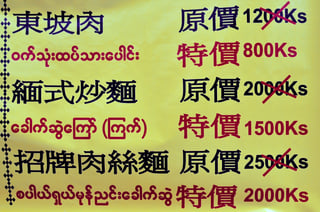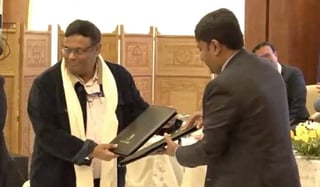This article contains Burmese script. Without proper rendering support, you may see question marks, boxes, or other symbols instead of Burmese script. Burmese (Burmese: မြန်မာဘာသာ, MLCTS: mranmabhasa, IPA: [mjəmà bàðà]) is a Sino-Tibetan language spoken in Myanmar (also known as Burma), where it is an official language, lingua franca, and the native language of the Burmans, the country's principal ethnic group. Burmese is also spoken by the indigenous tribes in Chittagong Hill Tracts (Rangamati, Bandarban, Khagrachari, Cox's Bazar) in Bangladesh, and in Tripura state in Northeast India. Although the Constitution of Myanmar officially recognizes the English name of the language as the Myanmar language, most English speakers continue to refer to the language as Burmese, after Burma, the country's once previous and currently co-official name. Burmese is the common lingua franca in Myanmar, as the most widely-spoken language in the country. In 2007, it was spoken as a first language by 33 million, primarily the Burman people and related ethnic groups, and as a second language by 10 million, particularly ethnic minorities in Myanmar and neighboring countries. In 2022, the Burmese-speaking population was 38.8 million. Burmese is a tonal, pitch-register (as well as social-register), and syllable-timed language, largely monosyllabic and agglutinative with a subject–object–verb word order. It is a member of the Lolo-Burmese grouping of the Sino-Tibetan language family. The Burmese alphabet is ultimately descended from a Brahmic script, either the Kadamba or Pallava alphabets. From Wikipedia




